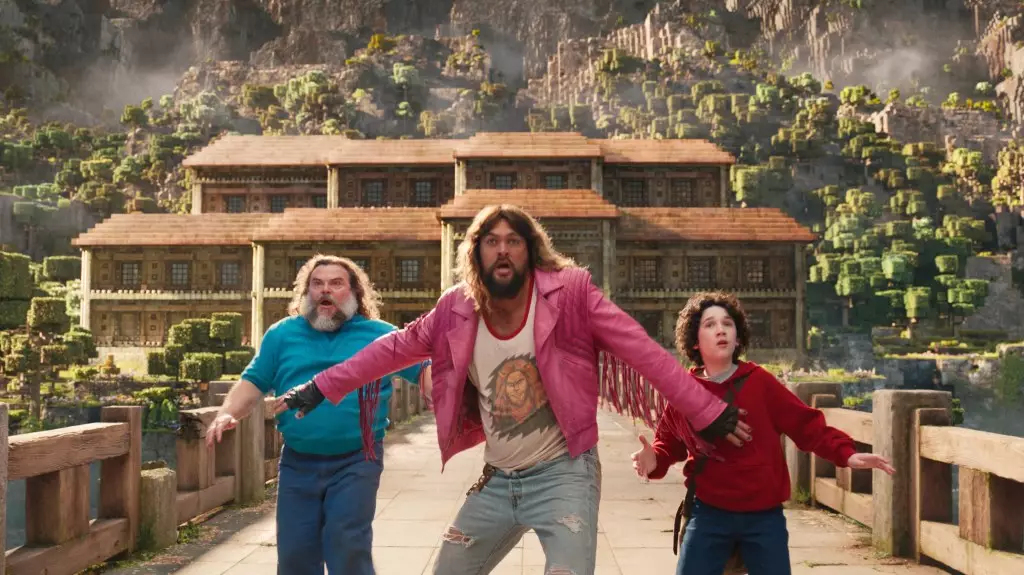Marcus Theatres, a significant player in the cinema industry, recently reported a worrying rise in losses for the March quarter, which swelled to $6.3 million, up from $5.7 million. The increase in losses can largely be attributed to a weakening box office and escalating operational costs. Despite a modest 7.5% rise in revenue to $87.4 million, propelled by an additional four operating days compared to the previous year, the underlying financial strain remains stark. It’s concerning to witness a cinema chain apparently struggling even in a post-pandemic environment where audiences are slowly returning to theaters.
The Illusion of Attendance Growth
While Marcus reported a 7% uptick in attendance, the reality is far more complicated. The average ticket price saw a decline of 5%, indicating that this increase in foot traffic was driven not by innate demand but rather through strategic pricing promotions like the $7 Everyday Matinee and Value Tuesday. It’s alarming to think that discounting tickets is now a primary strategy for enticing moviegoers, signaling a race to the bottom rather than a sustainable recovery approach. The so-called “unfavorable ticket mix,” dominated by family films that usually don’t generate the same revenue as blockbuster hits, exacerbates the situation.
Fluctuating Quality of Offerings
It’s no secret that cinema-goers are selective, and the underscoring success of “A Minecraft Movie” and other titles raising the box office can mask a larger issue: quality may be waning. The varied popularity of films like “Captain America: Brave New World” and “Moana 2” suggests that consumers are craving innovative and unique storytelling—yet many of their options often fall into repetitive franchise territory. The reliance on sequels and established franchises may fill seats today, but such a formula is not a sustainable long-term approach. With an immense focus on box office-dependent spectacles, the industry risks alienating its most discerning viewers.
Operational Costs: The Silent Killer
The rising costs associated with film production and labor cannot be overlooked when discussing Marcus’ financial health. Certainly, higher expenses during a period that was previously crippled by strikes make comparisons less robust, but the question remains: Are these expenses being effectively managed? The continued upward trajectory in operational costs hints at potential mismanagement or, at the very least, an inability to adapt to the market’s evolving demands. A cinema chain operating on thin margins must prioritize fiscal discipline or risk jeopardizing its viability.
Growth vs. Profitability
CEO Greg Marcus boasts about the recent successes and growth strategies being implemented, including the introduction of new 270-degree panoramic ScreenX auditoriums in various states. The issue lies in whether these expansions align with profitability. Expanding into new territories or investing in high-tech options may serve to attract audiences initially, but if these moves do not lead to sustained revenue growth, they become financial burdens. As tempting as innovation can be, the focus should remain on ensuring core operations are profitable first.
Ingress to cinema could appear positive with recent movies doing well, however, the critical issues affecting Marcus Theatres paint a much grimmer picture—one where attendance growth does not translate into financial stability, and the balance between quality offerings and operational efficiency hangs precariously in the balance.

